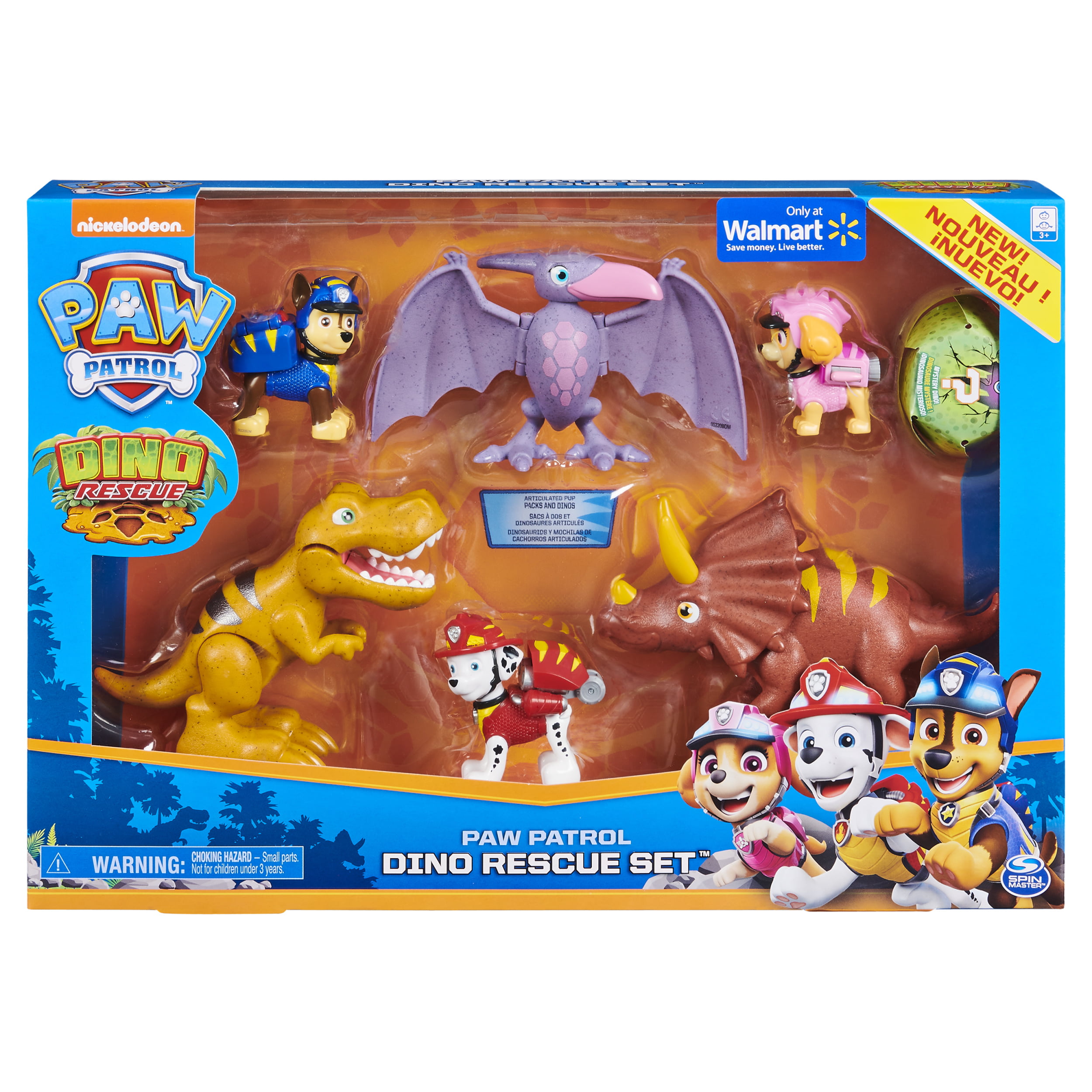

The results imply a strict hierarchical structure within the Paw Patrol, with four tiers. Thanks to this careful data collection, we can see if our hunch regarding Ryder playing favorites with his pups is correct. One of the wild things about the Paw Patrol wiki is that not only do they maintain separate pages for all 400-some-odd individual episodes in the show’s run, but each of those pages also contains a detailed accounting of which pups Ryder calls on to complete the mission : “first responders,” in Paw Patrol wiki parlance. My four-year-old once noted, with dismay, that in one episode Zuma got passed over for a water rescue in favor of Rocky, a dog who’s entire personality is that he hates water. Zuma, on the other hand, rarely gets called on, even in situations that would seem to require his gear and expertise. It seems like Chase is always put on the case, firing up his SUV and burning untold gallons of fossil fuel in order to complete tasks as simple as setting out a single traffic cone. You only need to watch a few shows to realize that some pups get called out on assignment far more than others. This is where the brutal iniquities of Ryder’s iron-fisted rule come in. Ryder and whichever pups he selects for the mission - and it’s almost always a subset of pups, rather than the whole group - hop on their vehicles and go roaring off into town to save the day. The stuck pumpkin, for instance, might require Rubble’s bulldozer, Marshall’s medical expertise, and Chase with a bullhorn to scream at gawkers to stay away. Ryder responds to each situation, no matter how trivial, with overwhelming force. This hapless idiot calls Ryder, who assembles all the pups at their base. The structure of each show is as follows: somebody in Adventure Bay does something stupid, like getting a pumpkin stuck on their head or losing a cake. The pups’ overseer is Ryder, a 10-year-old human who is evidently both parentless and infinitely wealthy, constructing elaborate fortresses and acquiring powerful high-tech vehicles and gear to aid his pups in their rescues.

There are six core pups in Paw Patrol: Chase, a German Shepherd dressed like a cop Marshall, a Dalmation firefighter Skye, a Cockapoo-type thing that flies a helicopter Rubble, the bulldog construction worker Rocky, a junkyard mutt who drives a garbage truck and Zuma, a chocolate lab with a hovercraft. As such, I thought I’d revisit one of the topics that’s preoccupied me ever since my kids started watching the show: the shocking disparities in how the pups are treated by their human owner, disparities that, in my view, are an existential threat to the entire ethos of the Paw Patrol, which is best summed up in the catch phrase “no job too big, no pup too small.”

Zuma paw patrol dino rescue movie#
We’re currently living through “the biggest moment in Paw Patrol history,” according to the editors of the Paw Patrol Wiki (a fan site which, inexplicably, boasts 9,580 pages of content): Paw Patrol: The Movie was released last week, marking the Pups’ first adventure on the big screen. It’s universally hated by parents for precisely the same reasons. It’s universally beloved by toddlers in large part because in each episode the “pups,” as they’re called, ride out in colorful tacticool vehicles with sirens blaring to fight crime and rescue turtles and help the incompetent adults of Adventure Bay perform simple tasks, like picking up a crate of oranges that tipped over or whatever.
Zuma paw patrol dino rescue series#
Paw Patrol is an animated series about adorable canine paramilitary group that effectively acts as law enforcement, public safety and social services in the town of Adventure Bay. Chase and Marshall attend the "Paw Patrol" movie special screening at Vue Leicester Square on Augin London, England.


 0 kommentar(er)
0 kommentar(er)
